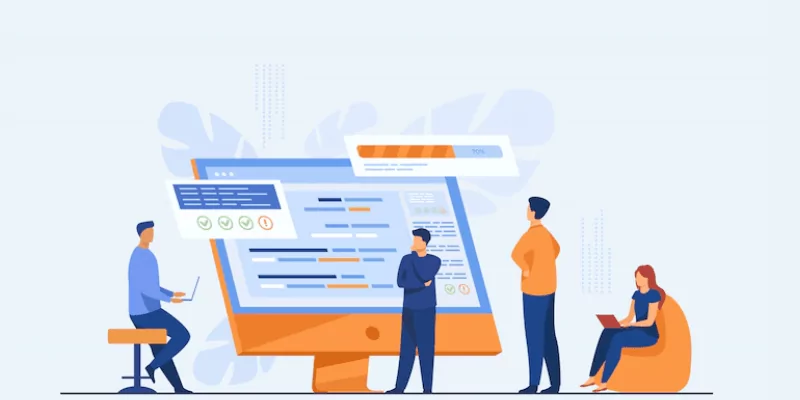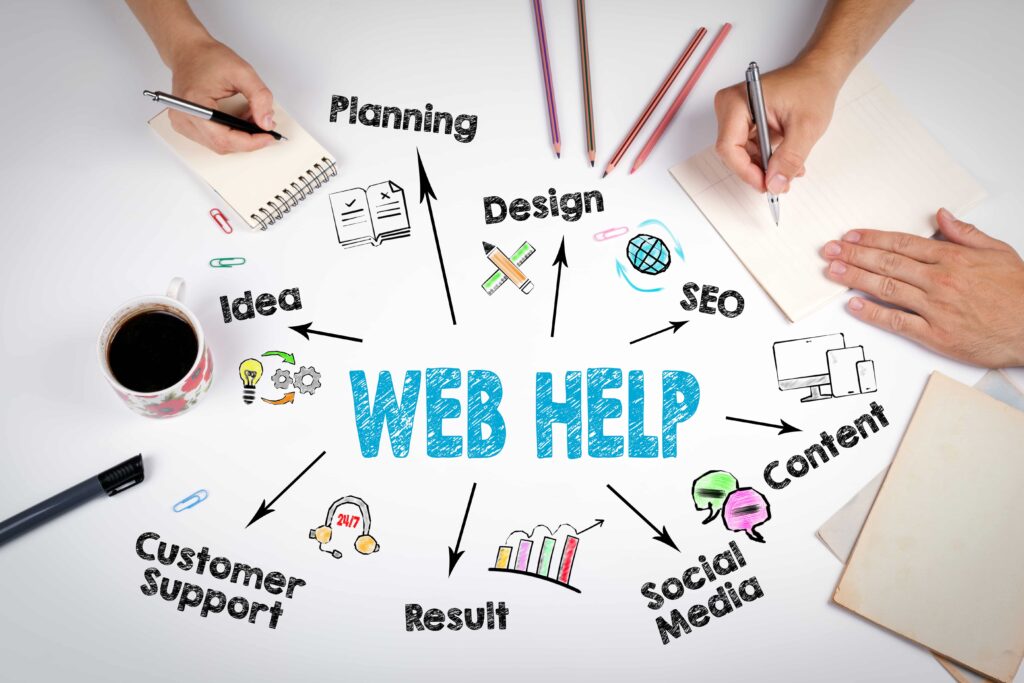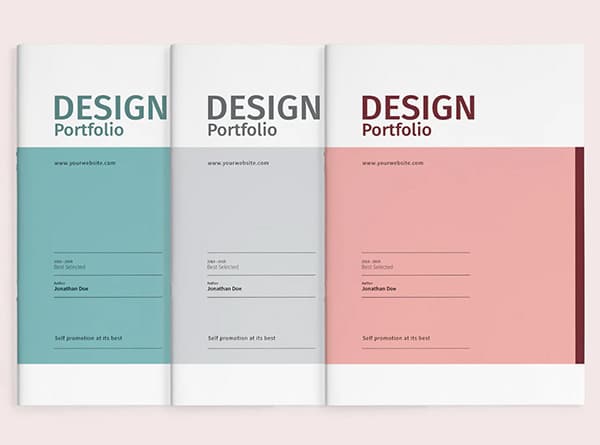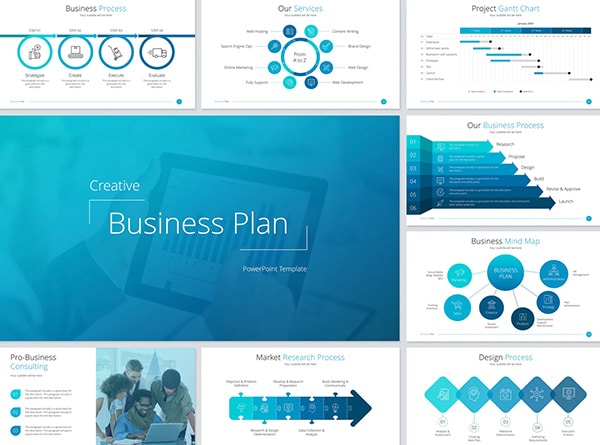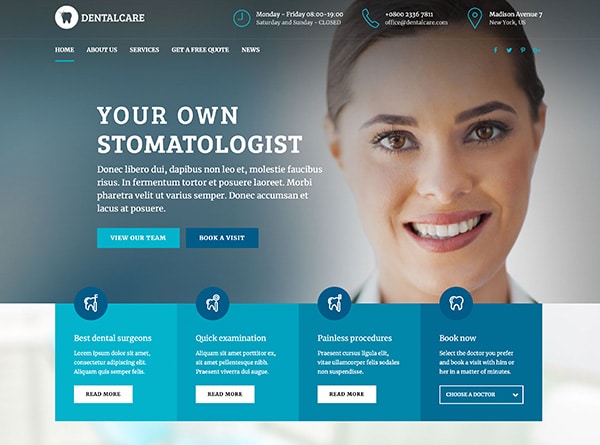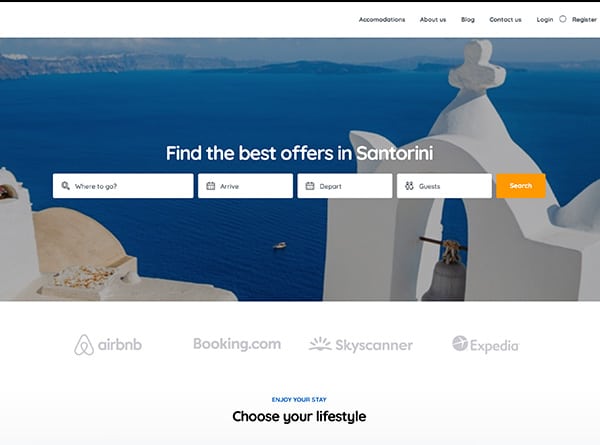
Are you curious about what the future of web design holds? As technology continues to advance and user expectations evolve, it’s essential for designers to stay up-to-date on the latest trends and predictions. In this blog post, we’ll explore some exciting developments in web design that are set to shape the industry over the next few years. From voice-driven interfaces to immersive experiences and more, get ready to discover what’s in store for the future of web design!
1. Mobile-first design
The mobile-first approach to web design has become increasingly popular in recent years. This approach puts mobile devices first when designing and developing websites. The logic behind this is that more people now access the internet from mobile devices than from desktop computers. Therefore, it makes sense to optimize websites for mobile devices first and then add features for larger screens later.
There are a few things to keep in mind when taking a mobile-first approach to web design:
- 1. Simplicity is key. Mobile screens are small, so your website should be easy to navigate and digest. Keep content concise and focus on the essentials.
- 2. Load times are important. Mobile internet connections can be slower than desktop connections, so it’s important to make sure your website loads quickly on all devices. Optimize images and other media for fast loading times.
- 3. Touchscreen navigation is different from mouse/keyboard navigation. Make sure your website’s menus and buttons are easy to tap on a touchscreen. Larger buttons and clear labels will help with this.
- 4. Consider how your website will be used on a mobile device. Will people be primarily viewing it on their phone’s small screen? Or will they be using it on a tablet with a larger screen? This will affect the design of your website (e.g., you may want to use different layouts for different screen sizes).
- 5. Test, test, test! Be sure
2. Minimalism
Minimalism has been a popular trend in web design for several years now, and it shows no signs of slowing down. This clean, uncluttered style is perfect for showcasing content in a clear and concise way. It also allows for a more user-friendly experience, as minimalism eliminates distractions and makes it easy to find what you’re looking for.
What’s driving this trend? In our increasingly busy lives, we crave simplicity and clarity. We want to be able to get what we need quickly and easily, without having to wade through piles of clutter. Minimalism in web design helps us do just that.
As we move into the future, we can expect to see more minimalistic designs that focus on delivering content in an efficient and effective way. This trend is perfect for an increasingly mobile world, where people are always on the go and often have limited attention spans. If you want your website to stay ahead of the curve, consider incorporating some minimalist principles into your design.
3. Personalization
As the internet continues to grow and evolve, so too does web design. We’ve seen a lot of changes over the past few years, and there are sure to be even more in the coming years. So what can we expect? Here are a few predictions and trends for the future of web design:
- 1. Increased focus on personalization
- With more and more businesses understanding the importance of personalization, we can expect to see a lot more of it in the coming years. From personalized recommendations to tailored content, we’ll see websites that are better equipped to cater to our individual needs.
- 2. More use of AI and machine learning
- As artificial intelligence (AI) and machine learning become more advanced, they’ll play an increasingly important role in web design. We’ll see more AI-powered tools that can help us with everything from creating designs to optimizing website performance.
- 3. Continued growth of mobile-friendly design
- With mobile devices becoming increasingly popular, it’s no surprise that mobile-friendly design is here to stay. We can expect to see even more responsive and adaptive designs that work well on all devices.
- 4. Greater emphasis on security and privacy
In light of recent data breaches and privacy concerns, it’s likely that we’ll see a greater emphasis on security and privacy in the coming years. This could manifest in anything from improved website security measures to increased
4. Interactive design
Interactive design is all about creating engaging, immersive experiences that allow users to interact with digital content. This can be achieved through a variety of means, such as using Augmented Reality (AR) and Virtual Reality (VR), developing more intuitive user interfaces, and creating interactive content such as games and simulations.
As technology becomes more sophisticated, so too will the interactive experiences that we are able to create. We will see an increase in the use of AR and VR in web design, as well as more use of voice control and gesture control. User interfaces will become more natural and easy to use, making complex tasks easier to accomplish. And we will see a rise in the popularity of gamification, as designers look for ways to make digital experiences more fun and engaging.
5. Voice search optimization
Voice search is one of the most important and growing trends in web design. As more and more people use voice assistants like Siri, Alexa, and Google Assistant, it’s important for website designers to optimize their sites for voice search.
There are a few things you can do to optimize your site for voice search:
- 1. Use natural language
- 2. Use long-tail keywords
- 3. Structure your content with headings and subheadings
- 4. Optimize your images and videos
- 5. Make sure your site is mobile-friendly
By following these tips, you can make sure your site is ready for the future of voice search.
6. Accessibility
Web design has come a long way since the early days of the internet, but there is still room for improvement when it comes to accessibility. In the future, we predict that more designers will focus on creating websites that can be easily accessed by everyone, regardless of their ability or disability.
Websites that are designed with accessibility in mind tend to be more user-friendly for everyone. This includes people with disabilities who may use assistive technologies, such as screen readers, to access web content. It also includes people with slower internet connections or those who live in areas with poor internet coverage.
By making your website accessible to as many people as possible, you’ll not only be doing your part to create a more inclusive online environment – you’ll also be giving your site a competitive edge. After all, if your site is easy to use and navigate, users are more likely to stick around and keep coming back.



